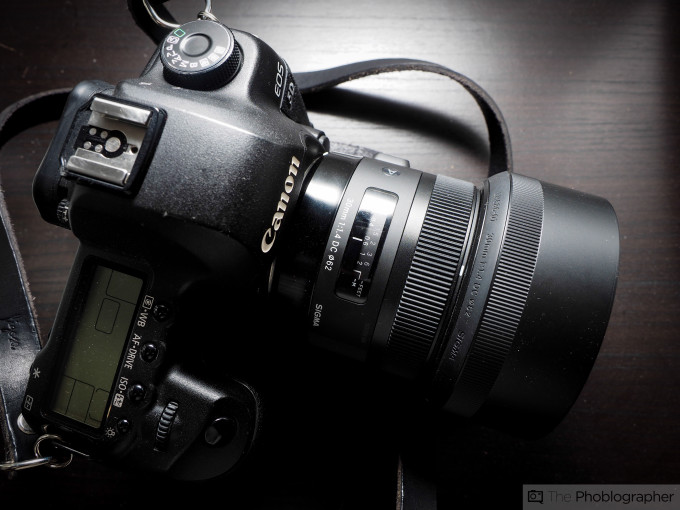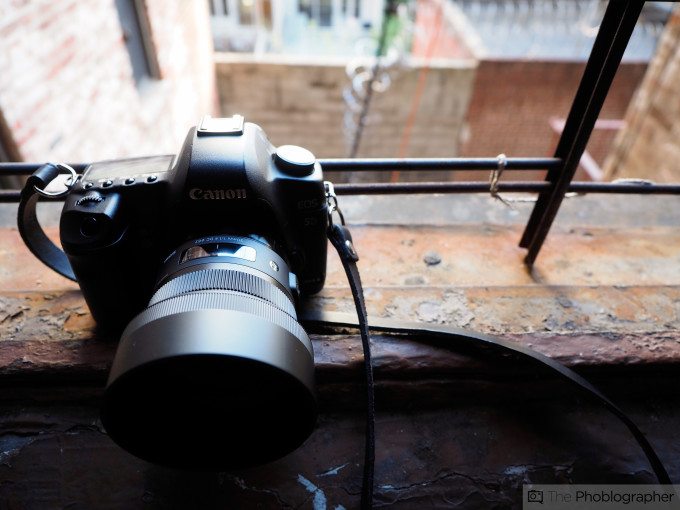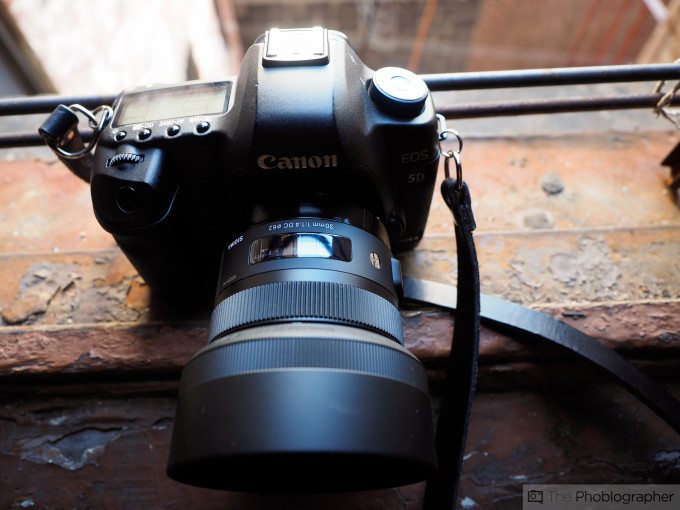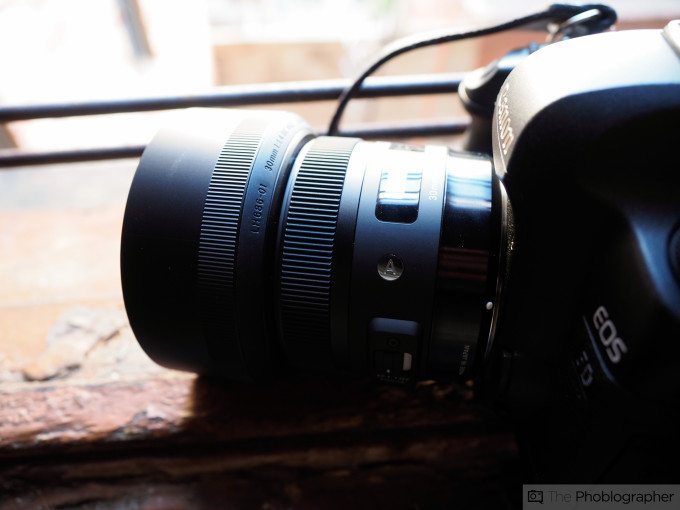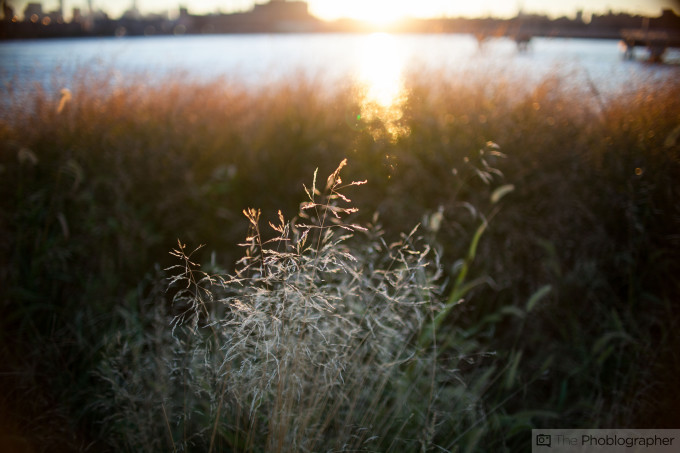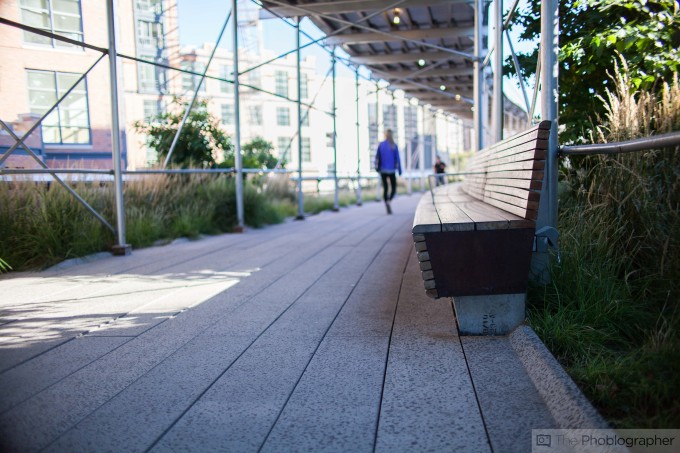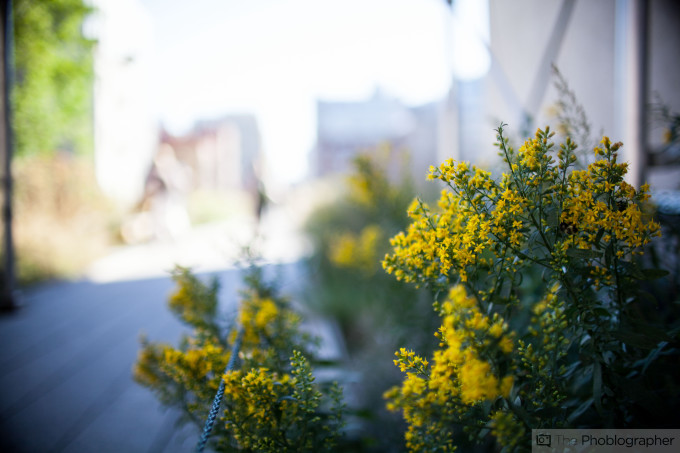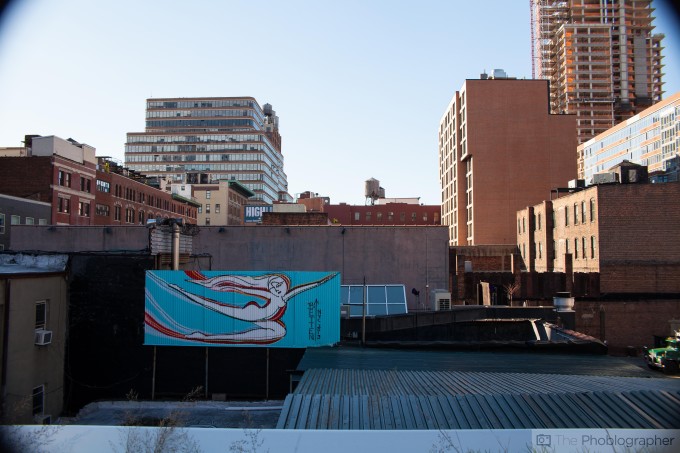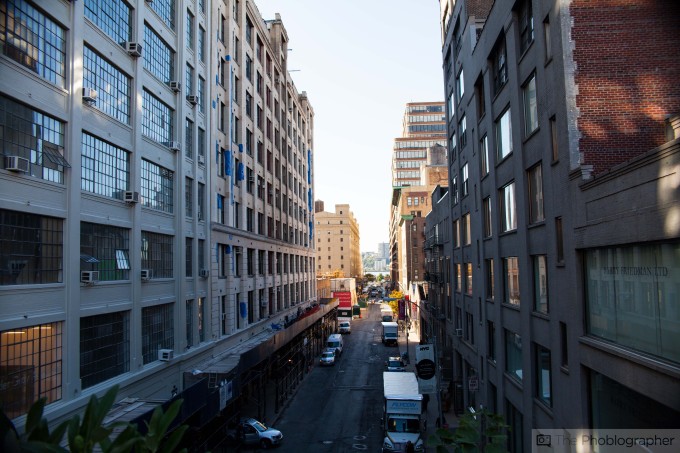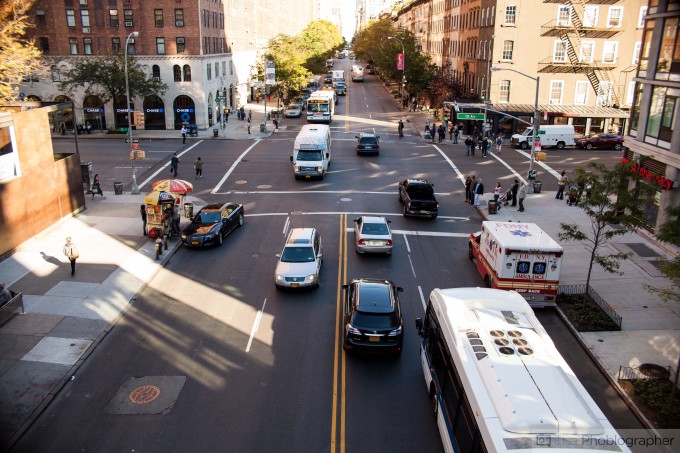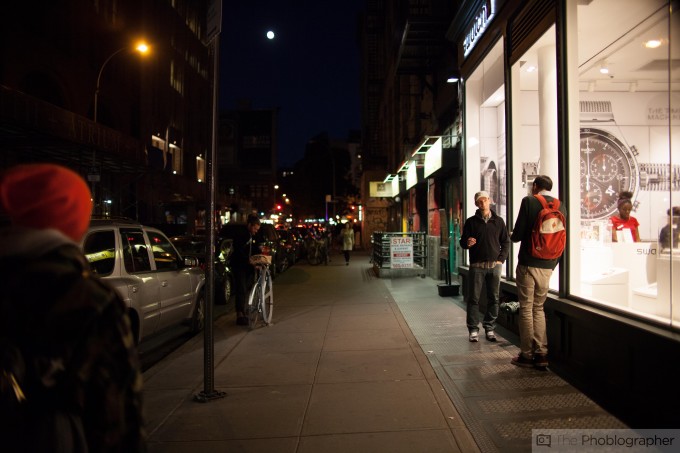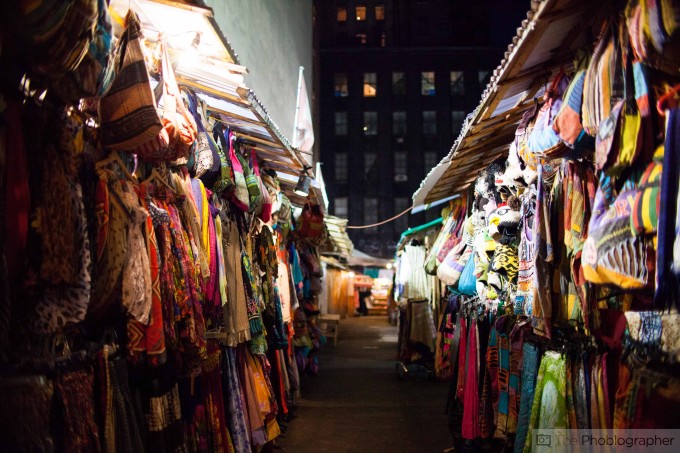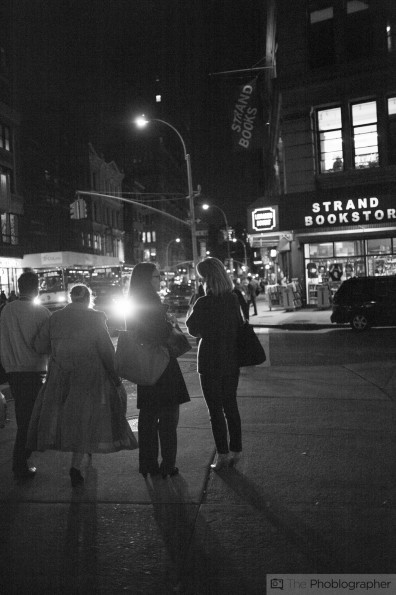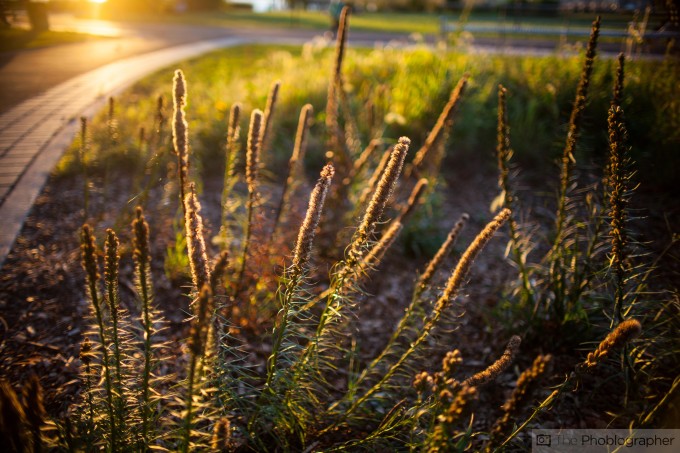Last Updated on 09/24/2013 by Gevon Servo
Sigma’s 30mm f1.4 has been an unexpectedly pleasant surprise. The lens is first off billed as being optimized for APS-C DSLR cameras. But instead of having an EF-S mount, the lens has an EF mount–which is something that many third party manufacturers do. And then there is the super pleasant surprise: the fact that the lens works exceptionally well on full frame cameras. For the past couple of weeks, we’ve been testing the lens on the Canon 70D and the Canon 5D Mk II. And we’ve had some surprising results.
Even though we’re quite pleased with what we’ve gotten from the lens, it has its faults.
Pros and Cons
Pros
– Pretty darned sharp except at the very far corners. This makes sense since it is an APS-C optimized lens. Note that this statement applies to full frame use.
– Exceptional colors
– Great bokeh
– Fast to focus
– Compact size
Cons
– Needed calibration on the 70D
– Vignetting in the far corners on full frame–but it isn’t that bad. Some photographers like Vignetting. But if you’re of the DPReview forum mentality, then you’ll probably sit there and bitch about this lens more than you really should
Gear Used
For this review, we used the Sigma 30mm f1.4 with the Canon 5D Mk II and the 70D. We also used it with the Phottix Mitros and Odins for some extra resolution and details from our images.
Tech Specs
From the B&H Photo listing of the lens
| Features | |
|---|---|
| Image Stabilization | No |
| Autofocus | Yes |
| Tripod Collar | No |
| Physical | |
|---|---|
| Filter Thread | Front: 62 mm |
| Dimensions (DxL) | Approx. 2.91 x 2.48″ (74 x 63 mm) |
| Weight | 15.34 oz (435 g) |
Ergonomics
Taken from our first impressions post
First and foremost, Sigma’s 30mm f1.4 is more compact than its bigger brother: the 35mm f1.4. Part of this probably has to due with the size and balancing that is involved with most APS-C DSLR cameras. It is characterized by an all black exterior, ships with a lenshood and also comes out of the box with the signature Sigma soft case that comes with their products.
Upon taking a closer look at the lens, you’ll notice one adjustment ring: and this is for focusing. The focusing ring is ahead of the depth of field and focusing scale–which, as is typical with many autofocusing lenses–nearly useless unless combined with a camera that has focus peaking.
On the side of the lens, the user will spot Sigma’s Art branding logo right between the depth of field scale and the AF/MF switch. This area also has a very smooth texture to it.
Build Quality
Long term use has proven that the lens is quite solid, though not having the build quality of its 35mm f1.4 DG bigger brother. We’ve taken the lens around on photo walks with us, had it bumped into subway turn-stiles and it’s been totally fine since. Something that helps is probably the large lens hood.
Ease of Use
This lens is extremely simple to use. Simply mount it onto your camera, point, focus, and shoot. Manually focusing will require either precision through the viewfinder, LCD screen, or using the focusing scale. Sigma didn’t put a working depth of field scale on this lens for manual focusing–though I really wish that they put that on all their primes. It would help a ton in the video world.
Autofocus
On the Canon 70D, this lens needed calibration of a couple of millimeters via Canon’s MicroAdjustment. But when we finally got it to nail focus, it was fine. Still though, it performed strongest in the center when it came to focusing. For what it’s worth though, we believe that our 70D unit was buggy and so we sent it back.
When using the lens with the 5D Mk II, we were amazed by how often it nailed accurate focusing. Only when the lighting wasn’t so great did it not focus as well with the outer focusing points. For the most part though, we had no real issues with the older camera’s focusing points. Granted, we still achieved the best focusing when the points were placed on a high contrast area–but that’s how every DSLR performs.
Image Quality
If you’re an APS-C DSLR user dreaming about a 50mm field of view, we want you to imagine this:
You’re in beautiful field, just you and your soul mate. There’s no one else around and so you two explore around together chatting and joking about. Then you two discover this awesome stream of water and decide to sit and cool off right next to it as you watch the sun go down. And it’s the most beautiful sunset you’ve seen in a while.
The feeling of seeing that sunset and being awestruck is how you’ll feel when this lens is mated to your camera. The images that you’ll yield will be beautifully sharp, have a dreamy bokeh, and some excellent colors that will breathe new life into your older DSLR or amplify what your current DSLR can do.
Color Rendition
The colors from this lens reminded me of something else. I really couldn’t put my finger on it at first as I thought it was Zeiss-like, but then I really looked closely. The Sigma 30mm f1.4 delivers a color rendition that reminded me of the older Canon 35mm f1.4 L. If you’re a Canon lover, then this shouldn’t be a problem at all. But it’s amazing that Sigma can deliver such color rendition at a significantly more affordable price–even if it isn’t a full frame lens per se.
Color Fringing
Color fringing with this lens is totally present but you really, really have to look for it at the most high contrast of corners. It is easily nerfed in Adobe Lightroom 5 though, so you’ll be happy about that. Additionally, when you’re looking at an image in its whole stage, you probably won’t notice it.
In some cases though, we totally did notice it after bumping up the contrast a bit in our images–but it was rare and easily nerfed.
Bokeh
Glorious. The bokeh from this lens will have you drooling more than a millennial hipster wanting some bacon and vintage glasses. Indeed, the bokeh from this lens is great, but you’ll only get it to look this good on a full frame camera. On an APS-C camera, you’ll still have some really nice bokeh with the extra compression given by the narrowed field of view.
Sharpness
This is where the review becomes a bit hairy and iffy. We stated that the sharpness is great previously in this review–and overall it really is. But that sharpness begins to taper off in the further corners: we’d say about in the corner 15% to give you a more accurate finding.
This is also where you’ll find vignetting that will be gone by f2.8. Speaking of which, we found that the lens performs its absolute best at f2.8. That statement is in relation to a balance of sharpness and bokeh. The lens is at its sharpest at f4. And that sharpness is very, very good but not as good as Sigma’s 35mm f1.4 If we really had to put it on par with anything, we’d still say that it is sharper than Canon’s 35mm f1.4 but not as sharp as Canon’s 35mm f2 IS lens.
For the person getting this lens, they’ll be more than happy with the sharpness it will deliver both wide open and stopped down. But for the absolute best results, we really recommend adding in a flash. A flash will give your image the specular highlights it needs to bring out the extra sharpness that this lens is really capable of delivering.
We recommend putting this lens on your camera and working with it for portraits, candid photos, or overall general use. It’s really awesome for everything when it comes to APS-C usage. The Sigma 30mm f1.4 will indeed be a lens that you mate to your camera and almost never take off–just like the previous version.
So where does the hairy part come in? Well, if you want to use it on a full frame camera (which Sigma obviously doesn’t recommend) your corners won’t be as sharp. Your corner performance though, in reality, really depends on how you choose to compose your image. If you’re shooting with everything in the center, nearest to the center, or around the intersections of the rule of thirds lines, then don’t even bother worrying about it. But if you really want the optimal in corner sharpness, then you’ll be a tad disappointed.
Extra Image Samples
Conclusions
Sigma’s 30mm f1.4 is an overall very good lens. APS-C DSLR users won’t be disappointed by the sharpness, bokeh, colors, and overall build quality. If you’re an APS-C DSLR user, we recommend skipping every other single lens that anyone out there recommends and going straight for this one. The other only choice that we would recommend is the company’s 18-35mm f1.8–but that isn’t a lens for everyone. However, it’s the best damn APS-C DSLR zoom that anyone is making right now.
We’re not as excited about their new 30mm f1.4 as we were about the zoom though–perhaps because it is a constant aperture f2.8 zoom lens. But by all means, the 30mm f1.4 isn’t a bad lens. It’s pretty damned good and you’ll have nary a complaint about it.
The reason why it isn’t receiving an Editor’s Choice rating though has to do with the fact that we think that Sigma should have done a bit more with the vignetting and corner performance and marketed this lens to full frame users too–but instead marketed it as a budget option in the contemporary lens lineup.
Still though, it’s an excellent choice–and still receives many of our praises. And for the price, you really can’t go wrong.
Recommended Cameras and Accessories
Nikon D7100– The D7100 is our Editor’s Choice for APS-C DSLRs, and its high resolution sensor will perhaps be the best choice for this lens. You’ll get the best of both worlds with Sigma’s color rendering and Nikon’s sensor.
Phottix Mitros– If you’re looking for a budget friendly flash with TTL to get the best sharpness, spring for this flash.
Canon 7D– Canon’s aging 7D is still an excellent choice because of its focusing system still being better than the 70D’s. If you still swear by your 7D, then you’ll only make it better with this lens.
Pentax K5 II– Pentax’s lens lineup is still limited, but this new 30mm f1.4 will make this camera shine. It it perhaps the single lens that you should go for over others.
Please Support The Phoblographer
We love to bring you guys the latest and greatest news and gear related stuff. However, we can’t keep doing that unless we have your continued support. If you would like to purchase any of the items mentioned, please do so by clicking our links first and then purchasing the items as we then get a small portion of the sale to help run the website.


